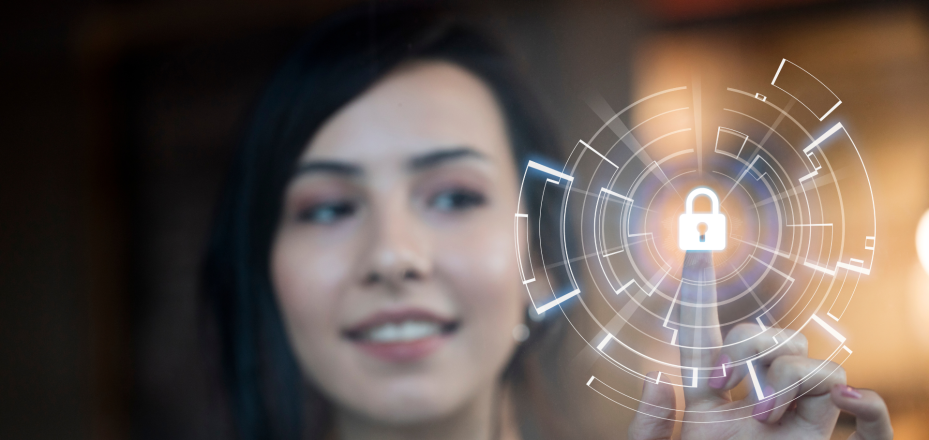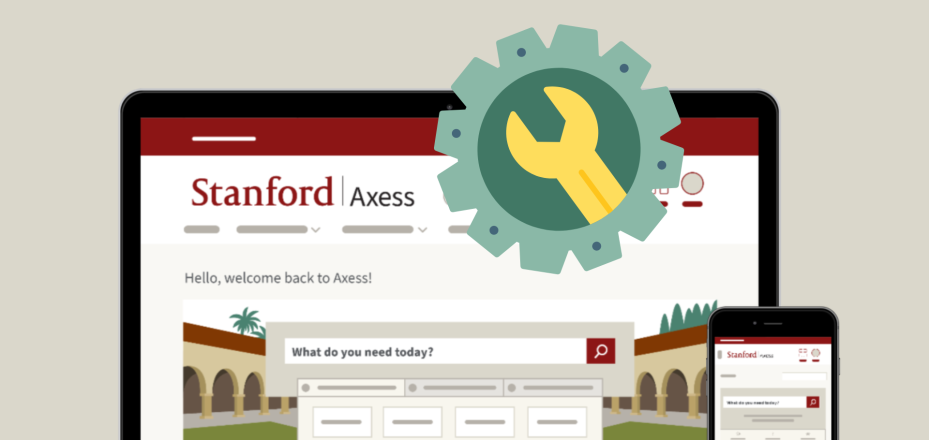Bluetooth Access Pilot

In cooperation with Residential and Dining Enterprises (R&DE) and support from the Registrar’s Office, University IT is running a pilot to test the use of Bluetooth as a technology to provide door access. It has long been a desire of the Registrar to allow students to use their phones for access. The difficulty to date is that the closest phone technology available was Near Field Communications (NFC) and it is not available for iPhone users. We declined previous NFC pilot opportunities as it excluded a huge portion of our student population. We were provided the current opportunity for a Bluetooth pilot through HID, the provider of our cards and access control readers. After approval from various groups on campus, we decided to go forward.
We started the pilot during the summer on a couple of active students residences selected by R&DE, Lyman 1 and Lyman 3. To get an idea of administrative building use, we implemented readers on the Oak and Acacia trailers in Jordan Quad. The pilot included 11 readers, and approximately 40 users. There is an app that gets an activation code and a registered Mobile ID. The Mobile ID is the means for communicating with the reader.
The method for opening the door is either “tap” or “twist n go.” Tap is as it seems—you tap your phone at the reader in the same manner you would a card. Twist n go is a brief shaking motion made with the phone at some distance in front of the door. The shake activates the phone accelerometer and initiates the Bluetooth connection. In both cases, your phone will provide either sound or vibration feedback to let you know whether you are in range of a Bluetooth reader and if your communication was successful. Both tap and twist n go have configurable distance limitations so you can tune how far away a phone will be able to activate the reader. This also helps prevent accidental activation or activating more than one door in a given location at a time.
We’ve had good feedback from the pilot users on functionality, and once you get used to using your phone, it quickly becomes your preferred method for entry. Cards are always an option as well. There were initial limitations that required the phone to be unlocked and lit in order to be used. In addition, there were issues with the iPhone needing the app recently opened to stay high enough in the cache to work. These have been resolved with the recent iPhone app upgrade. The Google app still requires the phone screen to be lit.
The next steps are to work with the various groups on campus to discuss security and privacy implications of the application and whether it is ready for rollout to a larger audience at Stanford. Until that work is complete we will remain in pilot mode and are not offering the service to additional users. For questions, please contact Jay Kohn at jkohn@stanford.edu.
DISCLAIMER: UIT News is accurate on the publication date. We do not update information in past news items. We do make every effort to keep our service information pages up-to-date. Please search our service pages at uit.stanford.edu/search.



